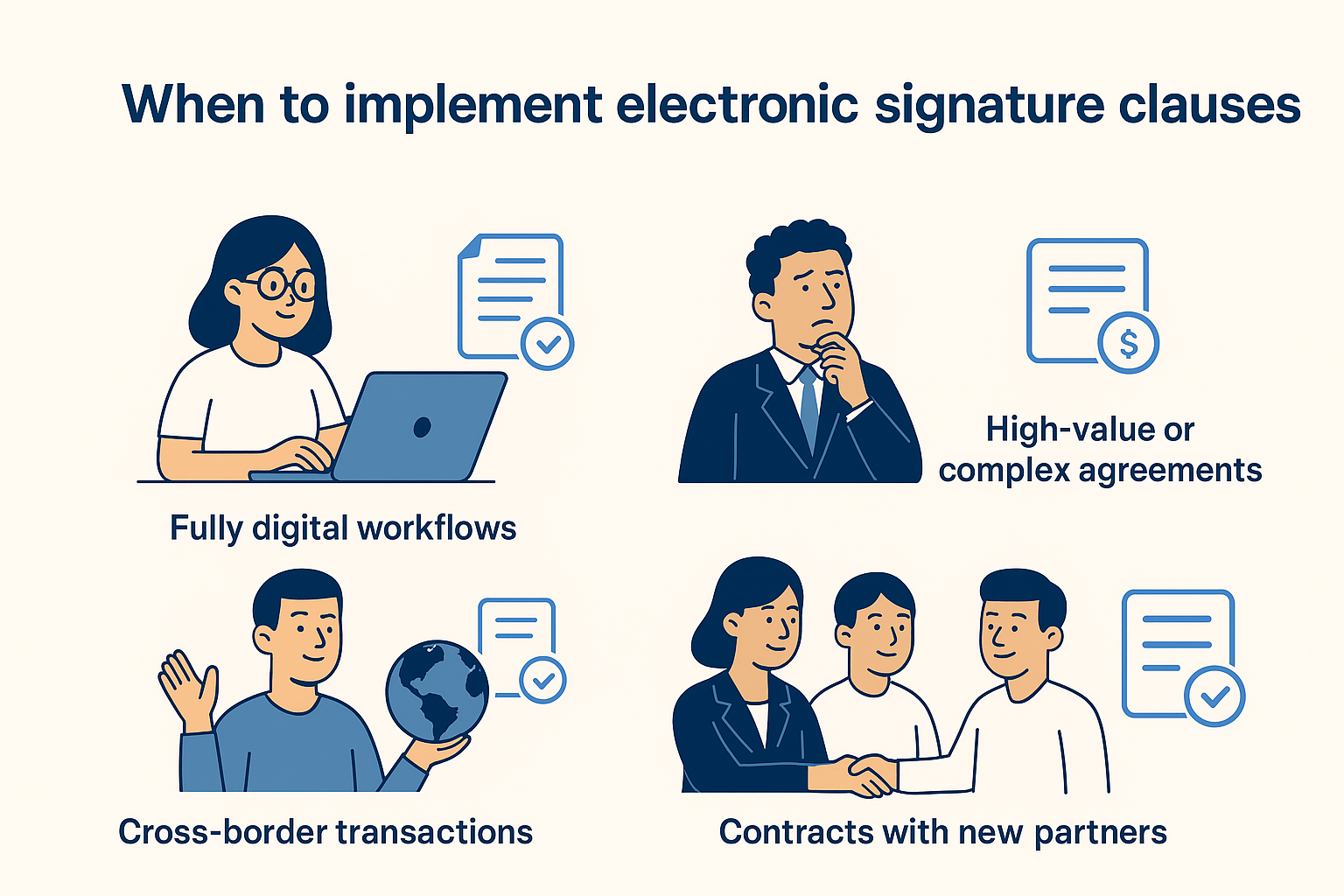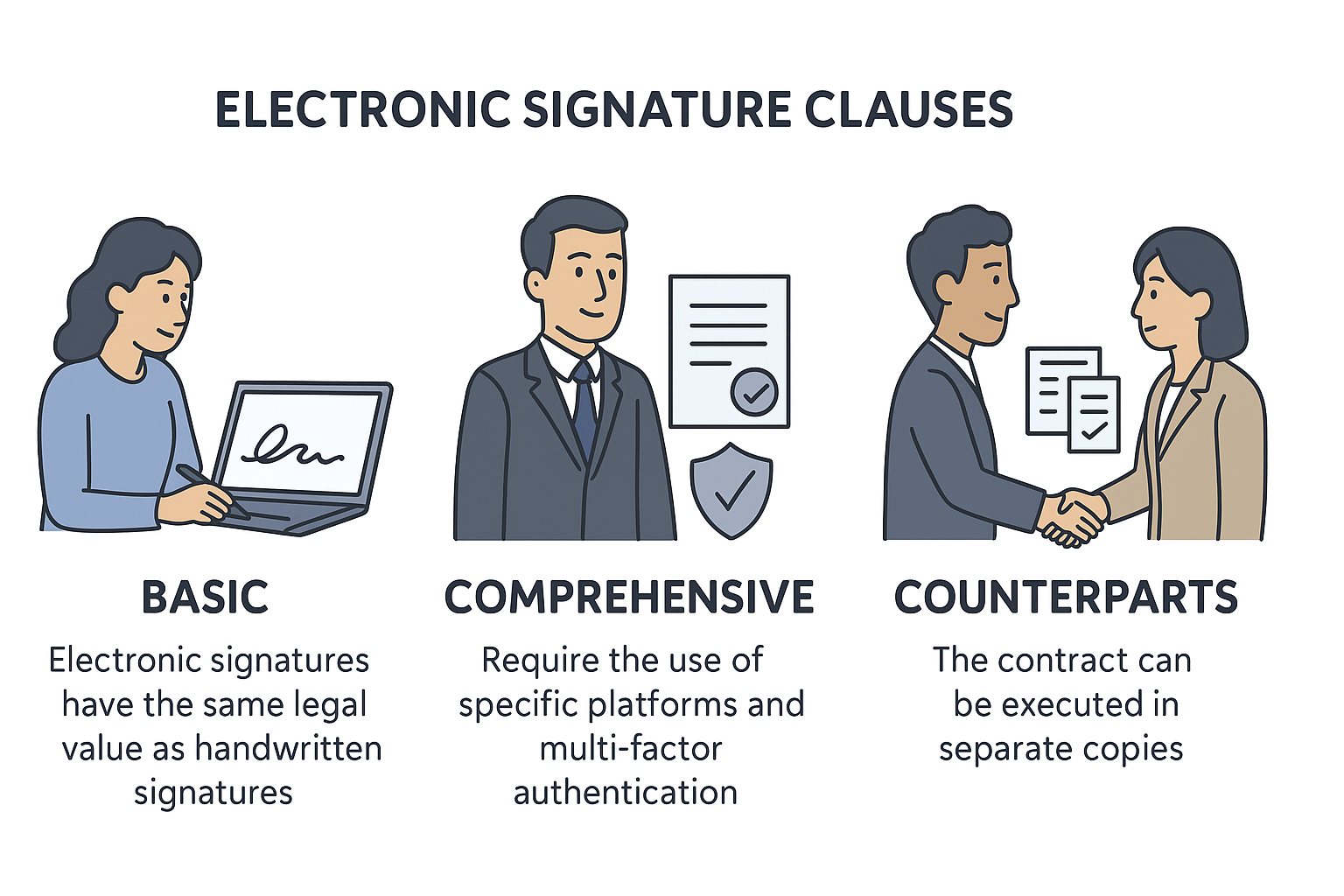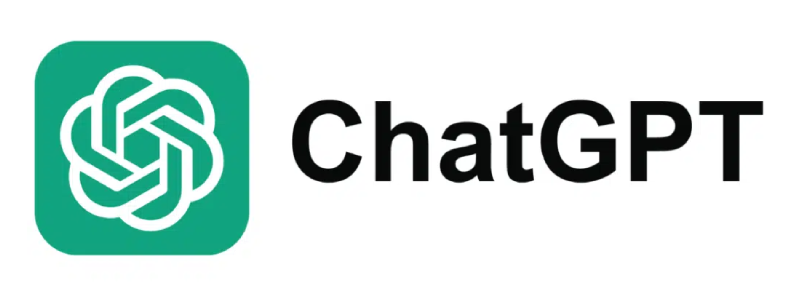Key takeaways
- An electronic signature clause is a provision in a contract that explicitly permits the use of e-signatures, ensuring legal validity and enforceability
- Including this clause streamlines the signing process, reduces administrative overhead, and provides a clear audit trail
- For seamless integration, use a platform like Docupilot to automatically generate contracts with compliant e-signature clauses and built-in signing workflows
In 2025, no one has time to print, sign, scan, and email back a document. If your contract still needs a wet signature, you’re slowing deals down by days, and testing everyone’s patience.
Electronic signatures have become the standard, speeding up agreements from days to minutes. But simply slapping a signature field on a PDF isn't always enough for full legal assurance.
This is where the electronic signature clause makes the difference.
This clause, embedded within your contract, serves as the legal foundation for the e-signing process. It pre-emptively resolves disputes about the signature's validity and ensures your agreements stand up in court.
In this post, we’ll break down what an electronic signature contract clause is, why it's essential in 2025, and how you can implement it effectively to create secure, enforceable documents faster.
Understanding electronic signature clauses in 2025
An electronic signature clause (or e-signature clause) is a statement within a contract or agreement where all parties consent to use electronic signatures instead of traditional handwritten ones. It confirms that the digitally signed document will be considered an original and hold the same legal weight.
Think of it as a pre-agreement that validates the method of signing. While laws like the ESIGN Act in the U.S. and eIDAS in the EU grant e-signatures legal status, this clause removes any lingering doubt for the specific contract at hand.
A typical clause might read:
“The parties agree that this Agreement may be electronically signed. The signatures of the parties appearing on this Agreement are intended to authenticate this writing and to have the same force and effect as manual signatures.”
The evolving legal landscape of electronic signatures
The legal landscape of electronic signature clauses in contract has changed significantly over the years. Major legislation has firmly established that e-signatures are legally enforceable, with very few exceptions (such as wills and adoption papers in some jurisdictions).
- United States: Under the ESIGN Act (2000) and UETA, eSignatures carry the same legal force as handwritten ones
- European Union: The eIDAS Regulation (2016) sets standards for qualified electronic signatures (QES), ensuring cross-border validity
- India: The Information Technology Act, 2000, recognizes electronic signatures using secure digital certificates
These frameworks share a common theme: consent, security, and traceability. That’s why the electronic signature contract clause has become a compliance safeguard.
Platforms like Docupilot simplify this by embedding legally recognized eSignature workflows directly into your document automation process, ensuring each signature is audit-tracked and regulation-ready.
When is an electronic signature clause absolutely necessary?

While e-signatures are widely accepted, explicitly including an e-signature clause is a best practice in nearly all commercial contexts. It is particularly crucial in the following situations:
- Fully digital workflows: When your entire contract process, from drafting to signing to storage, is handled online
- High-value or complex agreements: To preemptively avoid any challenge to the validity of the signing process for significant contracts
- Cross-border transactions: When dealing with international parties, a clear clause ensures all sides are aligned, regardless of their local jurisdiction
- Contracts with new partners: It sets a clear, modern standard for doing business from the very first interaction
Even if your contract is partly physical and partly digital, it’s best practice to include this clause. Many organizations also add an electronic signature counterpart clause, which clarifies that the contract can be executed in multiple copies or formats (electronic or otherwise), all of which together form one binding agreement.
3 types of electronic signature clauses: From simple to comprehensive

Electronic signature clauses vary in depth depending on the type of contract, industry, and legal requirements. Here’s a look at the common formats:
1. Basic electronic signature clause
This simple version allows parties to sign electronically, acknowledging that an e-signature holds the same legal value as a handwritten signature.
Example:
"By signing this agreement electronically, the parties agree that their electronic signatures shall be legally binding, as per applicable law."
2. Comprehensive electronic signature clause
For more complex agreements, this clause may include additional requirements such as specific e-signature platforms, authentication measures, or multi-factor authentication to ensure the signer’s identity is verified.
Example:
"The parties agree that the use of an electronic signature on this agreement, executed via the Docupilot platform or similar, shall be legally binding. The parties further agree to employ two-factor authentication to validate the identity of each signer."
3. Counterparts clause with electronic signatures
In cases where multiple parties are involved, the counterpart clause allows each party to sign different copies of the same contract, ensuring the full agreement is valid even if signed separately.
Example:
"This agreement may be executed in counterparts, and each counterpart signed electronically shall be deemed to be an original, with the same effect as if all parties had signed the same document."
Understanding the differences between these clauses helps ensure your documents are appropriately structured for their intended purpose and audience.
Common examples of electronic signature clauses
Here are some electronic signature clause examples to help you understand how to include them effectively in your agreements.
To maintain consistency across all agreements, businesses can standardize these clauses within their templates.
That’s where Docupilot’s dynamic templates help. They allow to store and insert the right eSignature clauses automatically, tailored to each contract type or region.
How can you make your e-signature clause airtight?
Here are a few best practices to keep in mind when drafting an electronic signature clause:
- Use clear and unambiguous language: Avoid legalese where possible. The intent to use e-signatures should be obvious
- Reference governing law: While drafting the clause, it’s important to reference the appropriate laws governing e-signatures in your jurisdiction to ensure the document is legally sound
- Include a counterparts provision: This clause ensures flexibility, allowing the contract to be executed electronically or physically in separate counterparts
- Specify delivery methods: Clearly state that signed documents delivered via email or other electronic means are considered valid
- Automate the process: Manually drafting and inserting these clauses is inefficient. Use document automation to streamline the process and reduce human error
Streamline electronic signature clauses with Docupilot
Docupilot is a complete document workflow automation platform built to help teams create, send, and sign legally compliant documents effortlessly.
Here’s how it streamlines the entire process:
1. Built-in e-signature support
Docupilot includes native e-signature capabilities that comply with ESIGN, UETA, and eIDAS standards. Therefore there is no need to toggle between tools or integrate separate signing software.
2. Dynamic, clause-ready templates
You can design templates with predefined clauses, including your preferred eSignature wording. Using conditional logic, Docupilot automatically inserts the right version based on the document type or region, all without manual intervention.
For example:
- U.S. clients get ESIGN-compliant text
- EU clients get eIDAS wording
- Indian clients get IT Act references
3. Workflow automation and approvals
Once a form is submitted or a contract is signed, Docupilot can automatically trigger workflows, such as approvals or notifications.
4. Security and compliance
Docupilot uses 256-bit encryption, multi-factor authentication, and role-based permissions to safeguard your documents. Every signature action is backed by a detailed audit-proof, which is timestamped, versioned, and compliant with international privacy standards.
5. Seamless integrations
You can connect Docupilot to your existing stack, including CRM (Salesforce, HubSpot), Google Sheets, or automation platforms like Zapier.
With this platform, you can automatically:
- Generate contracts using CRM data
- Insert electronic signature clauses dynamically
- Send finalized documents for signing
- Store signed copies securely in your cloud or internal systems
Conclusion
An electronic signature clause is a small but powerful component of a modern contract. It provides legal certainty, streamlines operations, and reflects a contemporary approach to business. By understanding its function and implementing it correctly, you can accelerate your agreements with total confidence.
The easiest way to ensure your contracts always include a compliant e-signature clause is to automate their creation. With a platform like Docupilot, you can embed this clause directly into your dynamic templates and connect them to a built-in, regulation-ready e-signature workflow, all without needing a developer.
Ready to simplify your contract workflows?
Sign up for free or book a demo to see how Docupilot automates compliant, signature-ready contracts in minutes.
FAQs
1. Is an e-signature clause necessary?
While not always legally required, it is a critical best practice to prevent disputes and ensure enforceability.
2. What is a counterpart clause?
It allows a contract to be signed in separate copies, explicitly including electronically signed PDFs as valid originals.
3. What is an e-signature consent statement?
It is the formal agreement within a contract to use e-signatures, often serving as the electronic signature clause itself.


















